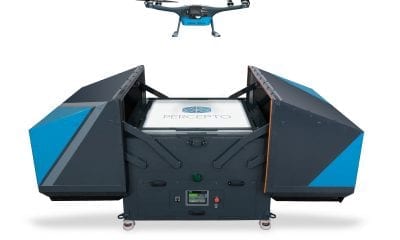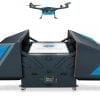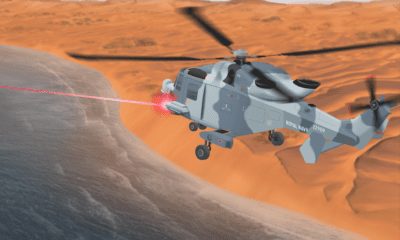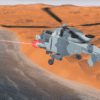
Defense
UK Tests Chemical Detection Drones and Robots
The UK military has recently trialled a fleet of drones and robots with the capability to examine for chemical agents and biological threats. The £3 million Project Minerva launched in September 2016 involved testing a Snake Eye drone that can relayed 3D images while detecting chemical agents using a laser system.
The aim of the ground-breaking research, named Project Minerva was to use technology to reduce risks to personnel investigating incidents involving hazardous materials.
Scientists from Porton Down, the military research facility that tested for the nerve agent after the attack on former spy Sergei Skripal, were involved in these trials conducted at the Fire Service College in Gloucestershire. Post the poisoning incident, about 120 UK military personnel are currently helping with the general decontamination of Salisbury.
During the trials concept drones and robots were thrown into simulated contaminated scenarios in both UK homeland and battlefield environments. The technology was tested against the speed and accuracy of human response teams supported by specialist DSTL scientists, the military, police and fire services.
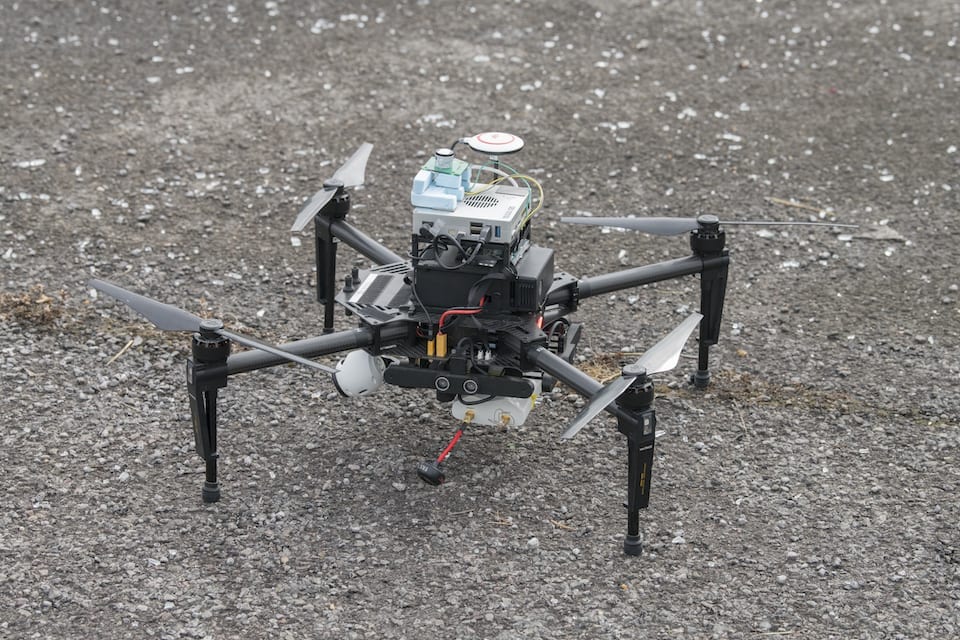
The Minister of State for Security and Economic Crime, Ben Wallace said, “I am excited to see the UK being on the front-foot and leading in the development of these autonomous technologies which are secure, reliable and useful for dangerous sites.”
Project Minerva was launched in September 2016 and involved conducting a Centre for Defence Enterprise (CDE) themed competition to investigate the use of autonomous systems to assess scenes that are potentially contaminated with hazardous materials. The recent trials involved the winning concepts for phase 2 of the project. Phase 1 of Project Minerva, funded 18 development projects and was worth £1.37 million resulting in the selection of four teams which develop their concepts further in this second phase. Over £1.6 million total funding was awarded to the following phase 2 winners:
- BMT Defence Services (with Rescue Global, Herriot Watt and Edinburgh Universities), with Red Alert, UAV equipped with gas-sensing technology and 2D-and-3D mapping and modelling, all mounted on commercially-available drones to allow upgrades as drone technology evolves.
- Horiba MIRA, with a ground robot, capable of being deployed on decontamination missions, and can climb stairs and ‘read’ or recognise hazardous chemical signs and symbols, using cutting-edge neural network technology.
- Loughborough University (with Swarm Systems and Createc) with SceneSEARCH – a pocket-sized nano-drone which has gas sensors and video and thermal imaging capability.
- Snake Eyes, by Autonomous Devices Limited and Pendar, a unique hybrid air and ground vehicle optimised for confined spaces which can relay 3D images of a space and detect chemical agents using a compact laser system.
The project’s benefits of relevance to MOD and HO are:
- better understanding of what is practically attainable, given current state-of-the-art
- insight into what may be possible, given modifications to the systems demonstrated and/or given likely developments in the field
- understanding those approaches that work well, those that need improvement, and those that are flawed.





